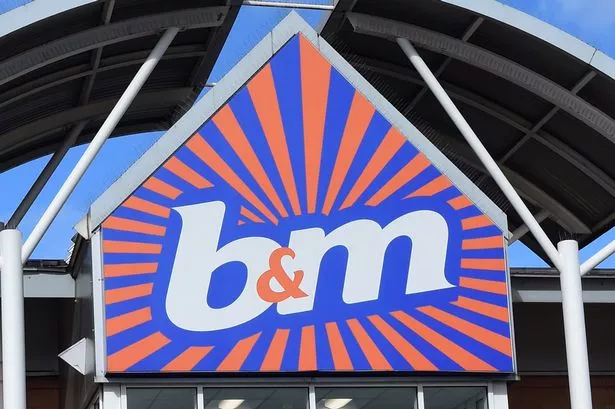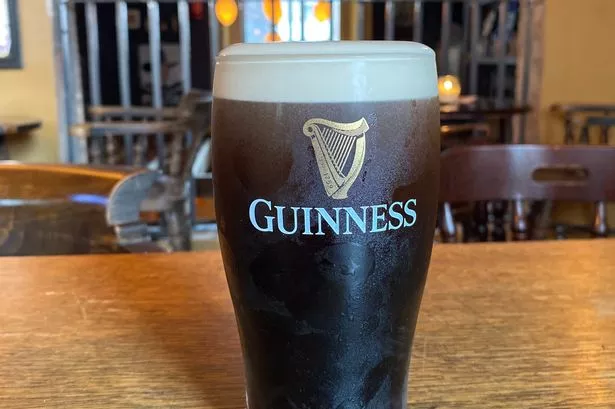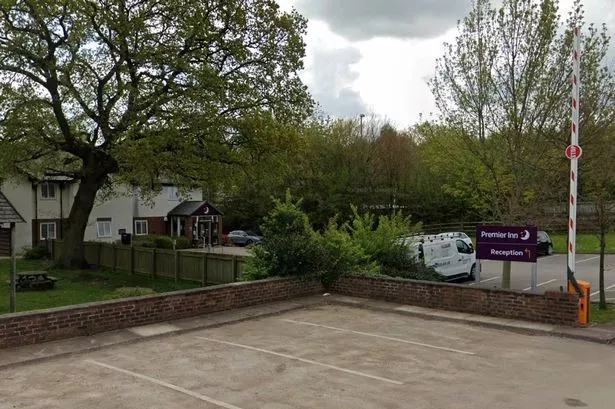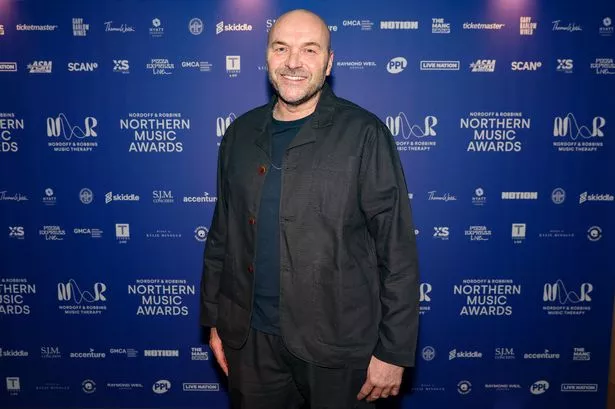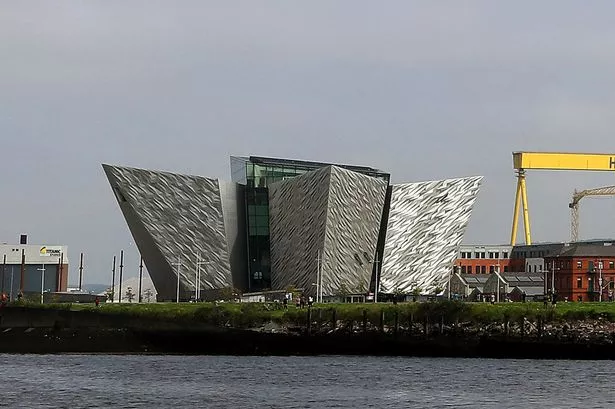
Despite announcing increased sales and a substantial dividend exceeding £150m, B&M's shares took a dive following its recent trading update last week. The Liverpool-based discount retailer saw its shares fall from 360p to 316p after the release of its third quarter results.
Since then, B&M's price has barely recovered, with its shares now trading at a value not seen since late 2022. This sharp drop is part of a longer downward trend for the retailer’s share price, which has been steadily declining since May 2024 when it stood at 548p per share, as reported by City AM.
This prolonged share price drop implies that nearly all the value B&M generated over almost two years has been virtually erased. At first glance, investors' reaction to B&M’s latest financial update seems counterintuitive.
The retailer’s revenue grew by 3.5 per cent in the three quarters to 28 December and 2.8 per cent in the final three months of 2024 alone. It also reported a special dividend of £151m, a move typically welcomed by shareholders.
However, B&M did narrow its profit growth guidance range to a group adjusted EBITDA [earnings before interest, taxes, depreciation, and amortisation] of between £620m to £650m. It also stated that its group adjusted operating profit is now forecast to be between £590m to £620m.
Orwa Mohamed, a senior analyst at Third Bridge, expressed surprise at the negative market reaction to B&M's recent business update. He commented: "In many ways the dip talks to some broader themes in retail that B&M finds itself on the wrong side of."
He further noted: "Our experts note that as the cost-of-living continues to bite following the 2024’s Autumn Budget and its ongoing economic fallout, the UK value retail market is heating up."
He added: "Major supermarkets are competing for this market as never before with price-matching schemes meanwhile other discount chains are expanding their networks of stores rapidly."
This, he suggested, indicates a tougher trading environment for B&M and while a 2.8 per cent sales boost is positive, more might have been expected, especially over the high-value festive season.
On the topic of automation, Mohamed stated that B&M’s strategy "thus far has been fairly low-tech compared to much of the rest of the market". He suggested that while this has "served it well until now", the recent reaction from investors "could signal that a greater embrace of technology will be necessary to sustain growth".
He concluded by saying: "Our experts highlight that B&M has thus far eschewed significant investments in automation, for example, leaving warehouses and stores heavily reliant on manual labour."
"While this gives stores a ‘human touch’ that many shoppers no doubt appreciate, it has also left the chain highly exposed to recent increases in minimum wage and National Insurance costs."
"That said, less investment in automation also leaves B&M with lower levels of capital expenditure, meaning that it can absorb some of these increased costs without passing them on to customers."
Third Bridge’s analyst also highlighted that while B&M’s strategy on price matching has been successful, "there is now a sense that theymight be falling behind, as other retailers roll-out customer loyalty programmes". He said that "this doesn’t just give those retailers the opportunity to build lasting relationships with customers, it also generates the ‘big data’ on which the retail sector increasingly relies".
He concluded that B&M’s approach "puts it at risk of falling behind in the customer data stakes" and in an age where ‘data is the new oil’, "investors clearly feel uneasy about B&M’s strategy here".
B&M is one of the few major retailer retailers in the UK to not focus on online sales – instead wanting to prioritise encouraging shoppers to visit its stores in person.
However, Mohamed said this strategy "too feels increasingly at odds with market trends".
He commented: "While there’s a logic to this strategy that has worked for B&M – get people into stores where they will tend to buy more than they’d planned for – it does restrict sales capacity."
"Our industry experts point out that, when it comes to larger items that are going to be difficult for customers to carry around on a shopping trip, the offline only strategy is risky and, as competition within the sector and from supermarkets heats up, this risk will grow."
With a few months until B&M next updates the market, the discount retailer has some breathing room to consider how to turn around its falling share price.
Third Bridge suggests that opening new stores and increasing like-for-like sales will be crucial for a successful 2025, and that "embracing data, e-commerce and automation may well be key to achieving this".
Mohamed stated: "It’s clear then that, driven by growing customer demand, the value retail market is becoming more competitive. B&M has become a household name off the back of an innovative strategy that has, in many respects, bucked the drive towards automation and e-commerce."
"Negative investor sentiment however signals that this strategy may need to adapt to the changing retail environment."
In B&M's third quarter results, an update to the London Stock Exchange revealed CEO Alex Russo stating: "Our performance across the Golden Quarter reflects disciplined operational execution across our businesses, driving volume and in turn profit growth."
He continued, "The business remains undistracted by the current economic headlines."
Russo further explained, "Our operating model is well set up to give customers exceptional value when they need it most. Pricing, availability, store standards and a disciplined opening programme will underpin positive volume growth across our ranges."
He also mentioned that "Our DC logistics network capacity upgrades are on-track in both the UK and France to support long-term growth."
Adding to his statements, he said: "Our strategy is clear – we are an everyday low-price discounter with a laser-focus in keeping excellence in retail standards and our costs the lowest."
He concluded by saying, "This allows us to drive volumes by offering our best-selling products at exceptional value to every customer. Through this volume growth, and with our leading return on capital business model, we continue to generate profit and cash returns for our shareholders."
The latest financial figures for B&M were released two days after fellow Liverpool discount giant Home Bargains reported significant sales and profit for its latest year. Home Bargains’ turnover increased from £3.76bn to £4.20bn in the year to 30 June, 2024, while its pre-tax profit jumped from £336.5m to £454.8m.
Recent
See All2025-03-29
Diageo's shares rebound with a 3.6% rise in early trading, analysts upgrade ratings
2025-03-29
Preston's £45m Animate leisure complex opening date confirmed
2025-03-29
UK water customers to receive up to £2000 in compensation
2025-03-29
Premier Inn submits expansion plans for Cheshire hotel
2025-03-29
Simon Rimmer's restaurant chain collapsed owing nearly £600,000 to creditors
2025-03-29
Titanic Belfast's remarkable growth after shift in consumer demand post-Covid
2025-03-29
Haven holiday parks in JD Wetherspoon pub expansion announcement
2025-03-29
Hollywood Bowl reports record revenue as Brits flock to competitive socialising venues
2025-03-29
Protein Works eyes 'epic milestone' as sales hit £50m for first time
2025-03-29
Profit soars at luxury handbag firm loved by Princess of Wales and Meghan Markle
Newsletter
Get life tips delivered directly to your inbox!
